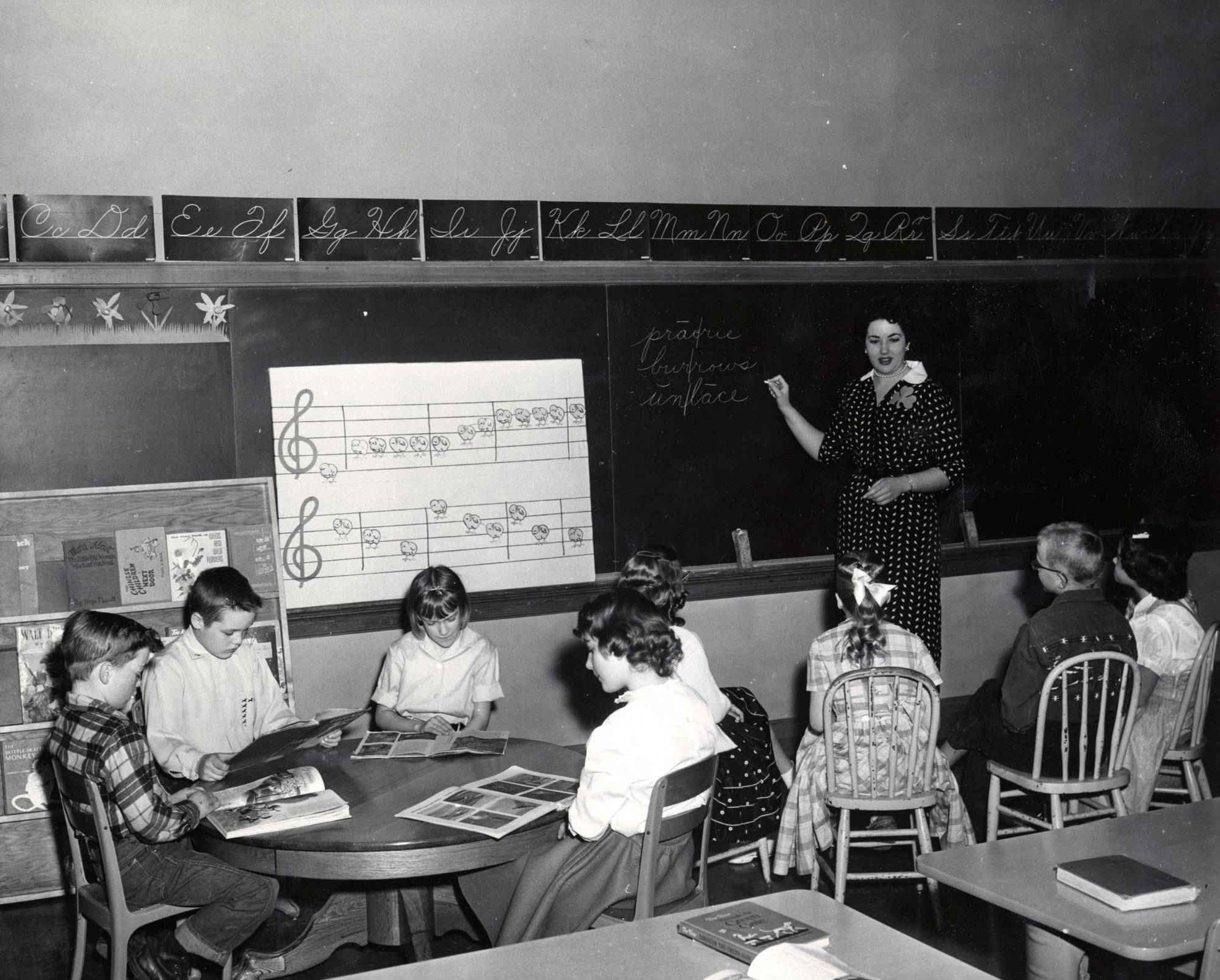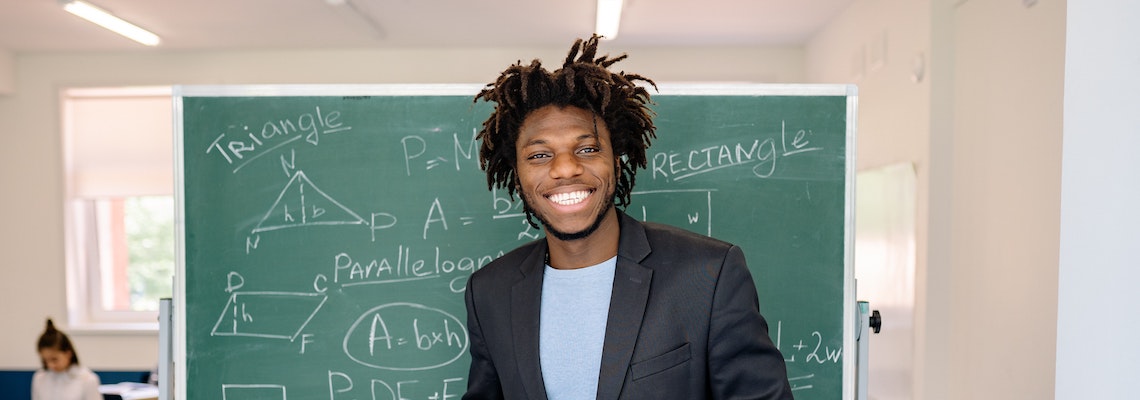
Students' grades in secondary school depend on their effort level. Students who put in less effort receive lower grades. This is because they don't make the effort necessary to pass the exams. There are two options for calculating your grades: you can use test scores or forecast grades. Your test scores will determine your high school grades.
High school is an amalgamation of middle school, high school, and high school
High school is a combination between middle school and high schools. Middle school is usually a stage between elementary and secondary education. It typically includes grades six through nine. However, some states do not have a middle school, and instead have a mixed model of high school. High schools serve students from grades seven to twelve.
High school students choose courses that will help achieve their academic goals. Pre-algebra I to Geometry, Geometry to Geometry, Algebra II with trigonometry are the most popular courses. In addition, some schools offer AP or IB math courses. The typical high school student will also be taking English/Language classes as well as Social Studies and Physical Education. They might pursue additional studies in their senior year like Psychology.

Open courses are intended to prepare students for further studies.
Open courses are designed for students to be prepared for further education in secondary school and beyond. These courses don't replace secondary school's mandatory curriculum. They are meant to broaden students' knowledge and skills. They help students to develop academic resilience as well as critical thinking skills.
Based on test scores, the prediction of grades is made
The prediction of final grades is based on a combination of test scores and grade point averages. Grades from high school can be used to predict grades for GCSEs as well as A levels. High-achieving students may find these predictions inaccurate and could result in a variable GCSE to A level progression. Snell, along with colleagues, found that boys' grades are more accurate than girls'.
The test scores determine the predicted grades for secondary school students. The tests are largely anonymous, meaning that the assessors do not know the names of the students. However, this system does not avoid the possibility of bias on the part of teachers.
Scholarships are determined based on predicted grades
The prediction of a student's secondary school grades is used to determine whether they are a good candidate for a scholarship. Schools determine predicted grades based upon past performance on Level 2/3 exams and internal assessments. These grades should be sufficient to motivate students to reach their goals. However, teachers are discouraged from inflating grades in an effort to keep students from being disappointed when the actual results come out.

Scholarships are determined based on secondary school grades and other academic criteria. For students to be considered for scholarships, they must have a good grade, a 4.0 average, and at least one point of A. Additionally, they must have good SAT or ACT scores. These requirements are very specific. Decisions are made based only on available academic information.
FAQ
What are the main types of early education?
There are many ways you can describe early childhood education. Some of the most popular ones are:
-
Preschool - Children ages 2 to 5
-
PreKindergarten- Children from 4-6 years of age
-
Head Start/ Headstart - Children ages 0 to 3
-
Day Care/Daycares - Children from 0-5 Years
-
Child Care Centers – Children aged 0-18
-
Family Child Care - Children ages 0 to 12
-
Home Schooling - Children ages KG to 16
Who can homeschool?
Anyone can homeschool. There are no specific qualifications required.
Parents who have completed high school can teach their children. Many parents opt to teach their older children at college.
Parents with less formal education can learn how to teach their children.
After satisfying certain requirements, parents can become certified teachers. These requirements are different for each state.
Some states require that all homeschooled students pass a test before they graduate. Others do not.
Homeschooling parents must register their family with the local school district.
This process involves filling out paperwork and submitting it to the school board.
After registering, parents are allowed to enroll their children in public or private schools.
Some states allow parents to homeschool, but they must register their children with the government.
If you live in one of these states, you will be responsible for ensuring your children meet the requirements of the state's compulsory attendance law.
How much does homeschooling cost?
There are no set fees for homeschooling. Some families charge between $0-$20 per lesson. Other families offer free services.
However, homeschooling requires dedication and commitment. Parents should have enough time for their children.
They also need to have access book, supplies, books, and other learning resources. Many homeschoolers need to access community programs and events to complement their curriculum.
Parents should think about transportation costs, tutors, and other activities.
Homeschoolers also need to plan for field trips, vacations and special occasions.
What is homeschooling, exactly?
Homeschooling allows children to be educated at their own home by their parents. It can also be called homeschooling, self-education and private education.
Family members who want to teach their children at home can opt for homeschooling. This allows them access to a quality education while staying at home.
The parents educate their children from birth to high school. They choose the subjects they wish to study, and how long each subject should be studied. The student learns everything in their own time.
The parents decide when to teach their children. Schools recommend that children begin classes between the ages of four and twelve. However, some families prefer to wait until their children are in kindergarten before they start teaching.
Parents can use any number or resources to assist them in learning the curriculum. You can learn valuable lessons from books, videos, websites and magazines.
Many families find homeschooling a great fit for their busy schedules. Homeschooling allows parents to spend more time with their children, than traditional public schools.
Statistics
- These institutions can vary according to different contexts.[83] (en.wikipedia.org)
- Globally, in 2008, around 89% of children aged six to twelve were enrolled in primary education, and this proportion was rising. (en.wikipedia.org)
- They are more likely to graduate high school (25%) and finish college (116%). (habitatbroward.org)
- “Children of homeowners are 116% more likely to graduate from college than children of renters of the same age, race, and income. (habitatbroward.org)
- In most developed countries, a high proportion of the population (up to 50%) now enters higher education at some time in their lives. (en.wikipedia.org)
External Links
How To
What is vocational training?
Vocational education prepares students for the workforce after high school. Students are trained in specific skills to be able to do a particular job such as welding. Vocational Education also offers apprenticeship programs that provide on-the-job training. Vocational education stands out from general education. This is because it focuses less on general knowledge and more on developing skills for specific occupations. Vocational training is not designed to prepare individuals for university but rather to assist them in finding jobs upon graduation.
Vocational education can take place at all levels of schooling. This includes primary schools, secondary schools and colleges, universities as well as colleges, technical institutes, technical colleges, trade schools, community college, junior colleges, four-year colleges, and colleges. You can also find specialized schools such a culinary arts school, nursing school, law school, medical schools or dental schools. Many of these schools offer both academic instruction and practical experiences.
Over the last decade, several countries have made significant investment in vocational education. The effectiveness of vocational training is still a controversial topic. Some critics believe it doesn't help students get hired, while others claim that it helps prepare them for life after high school.
According to the U.S. Bureau of Labor Statistics 47% of American adults have a postsecondary certificate. This number is higher for those with higher education. 71% of 25-29-year-olds have a bachelor's or higher degree and are employed in areas that require postsecondary credentials.
The BLS reported in 2012 that almost half of all adults had some type of postsecondary credential. One-third of Americans had a two year associate degree. Only 10% held a four-year bachelors degree. One out of five Americans held a master's degree or doctorate.
The median annual salary for people with a bachelor's was $50,000. This compares to $23,800 for those who don't have a degree. The median income for those with advanced degrees was $81,300.
For those who did no high school, the median salary was only $15,000. Those with less than a high school diploma earned $13,000 per year.